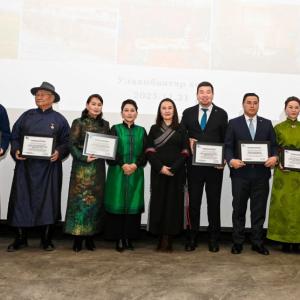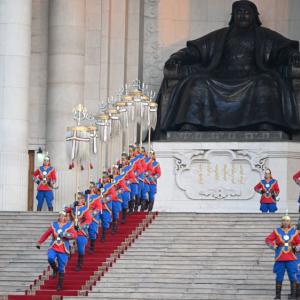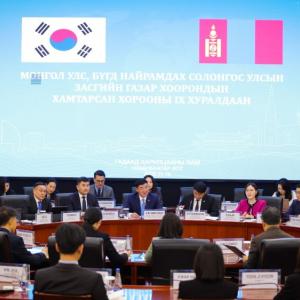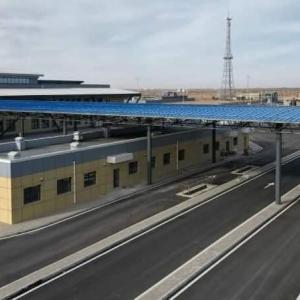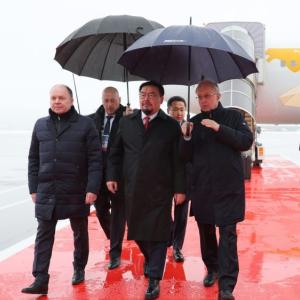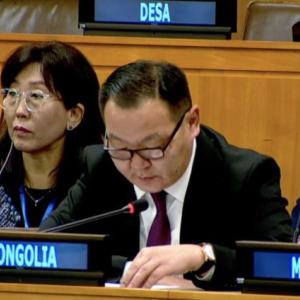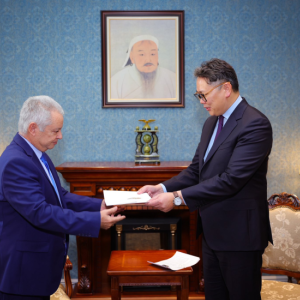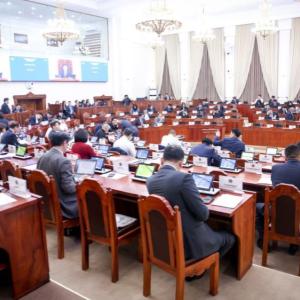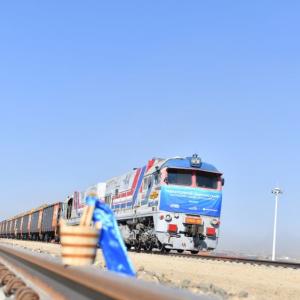Thermal Power Plant 5 Targets Cleaner Air, Reliable Energy for Ulaanbaatar
Society
Ulaanbaatar, November 25, 2025 /MONTSAME/. Ulaanbaatar has launched its first strategic energy project under a public-private partnership, the Thermal Power Plant No.5, designed to deliver 300 megawatts (MW) of electricity and 340 gigacalories (Gcal) of heat.
According to the Office of the Governor of Ulaanbaatar City, the plant will operate with two 150 MW units and employ modern circulating fluidized bed (CFB) combustion technology. Once commissioned, it is expected to generate 2.2 billion kilowatt-hours (kWh) of electricity and 4.8 million gigajoules (GJ) of heat annually, significantly boosting the capital’s energy supply.
Equipped with advanced flue gas filtration, the plant is engineered to reduce fly ash emissions by up to 99.9 percent, positioning it among the most environmentally compliant projects in Mongolia’s energy sector. The use of low-sulfur, high-quality brown coal from Shivee-Ovoo, Baganuur, and Buuruljuut will further enhance combustion efficiency and lower pollutant emissions compared to existing facilities.
By adopting rotary fluidized combustion furnaces, emissions of sulfur oxides (SOx) and nitrogen oxides (NOx) will meet regulatory standards and align with international benchmarks. Beyond strengthening Ulaanbaatar’s energy security, the project will expand central heating coverage, ease the exhaust burden of ger districts, and reduce reliance on raw coal. This transition is expected to cut seasonal smoke pollution, one of Ulaanbaatar’s most pressing public health concerns.
The CHP-5 project reached a major milestone this November with the signing of its implementation agreement. Construction is scheduled to begin in spring 2026, marking the start of Mongolia’s first strategic energy project under a public-private partnership. Once underway, the plant is expected to advance on a fast-track basis, with completion targeted for 2028 within the planned timeframe. By integrating eco-efficient technologies, CHP-5 is positioned as a long-term solution to improve air quality while reinforcing Ulaanbaatar’s energy infrastructure and supply reliability.
 Ulaanbaatar
Ulaanbaatar













